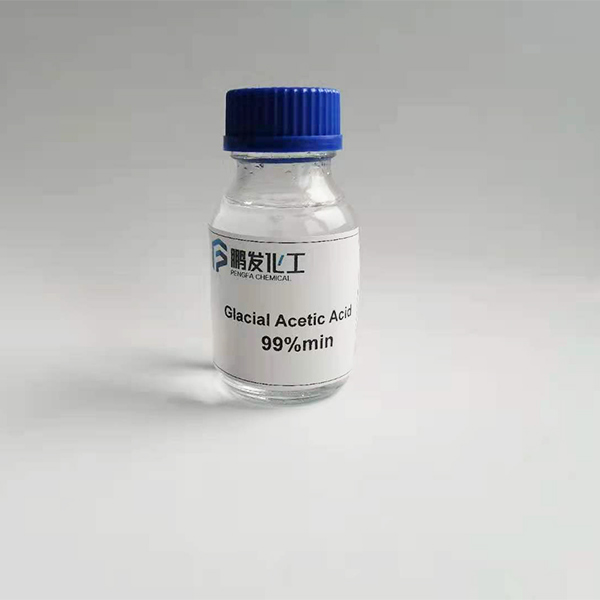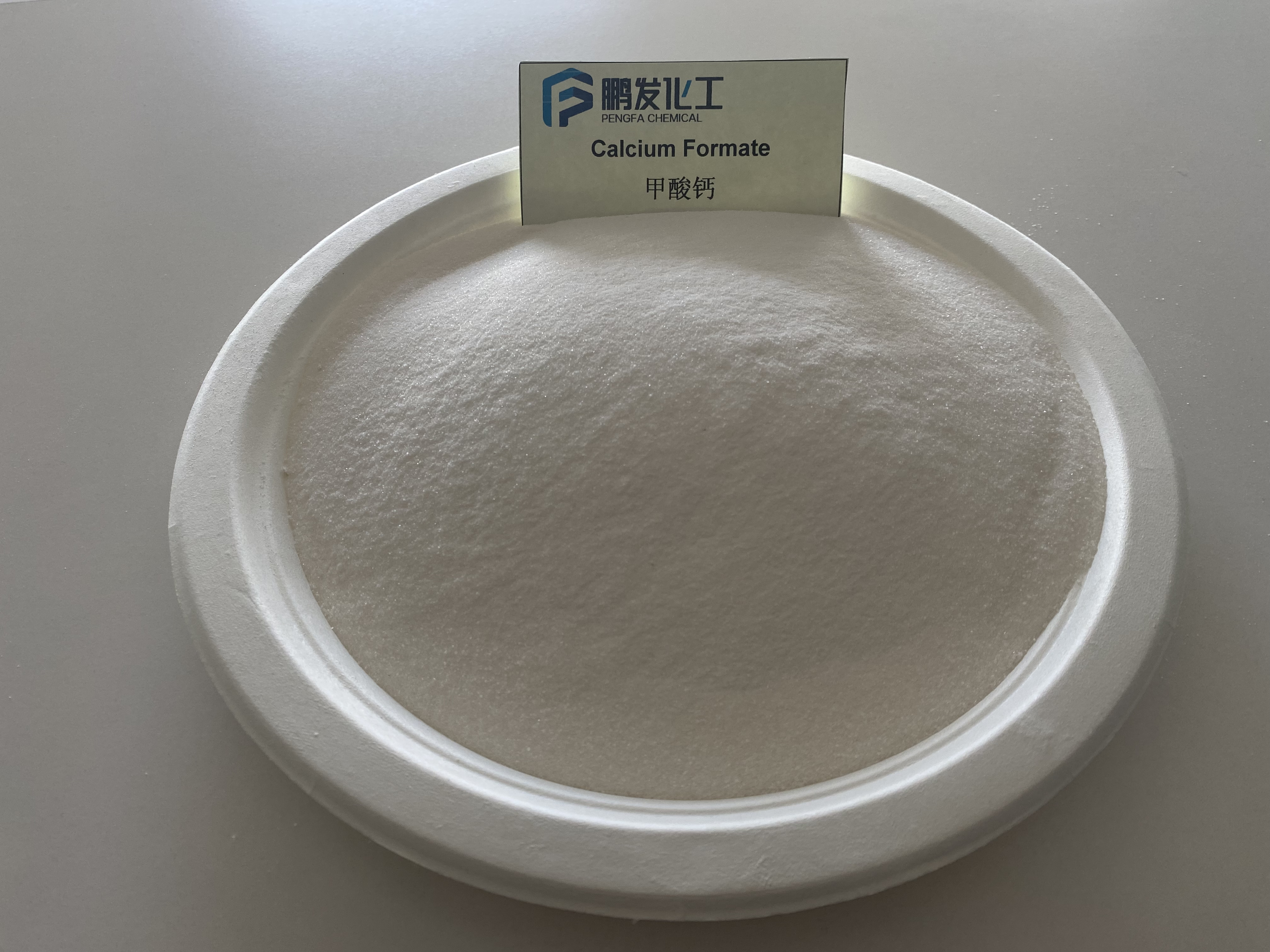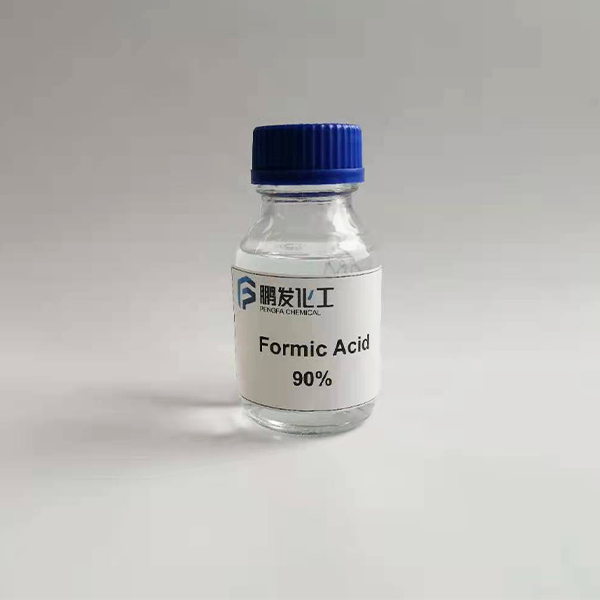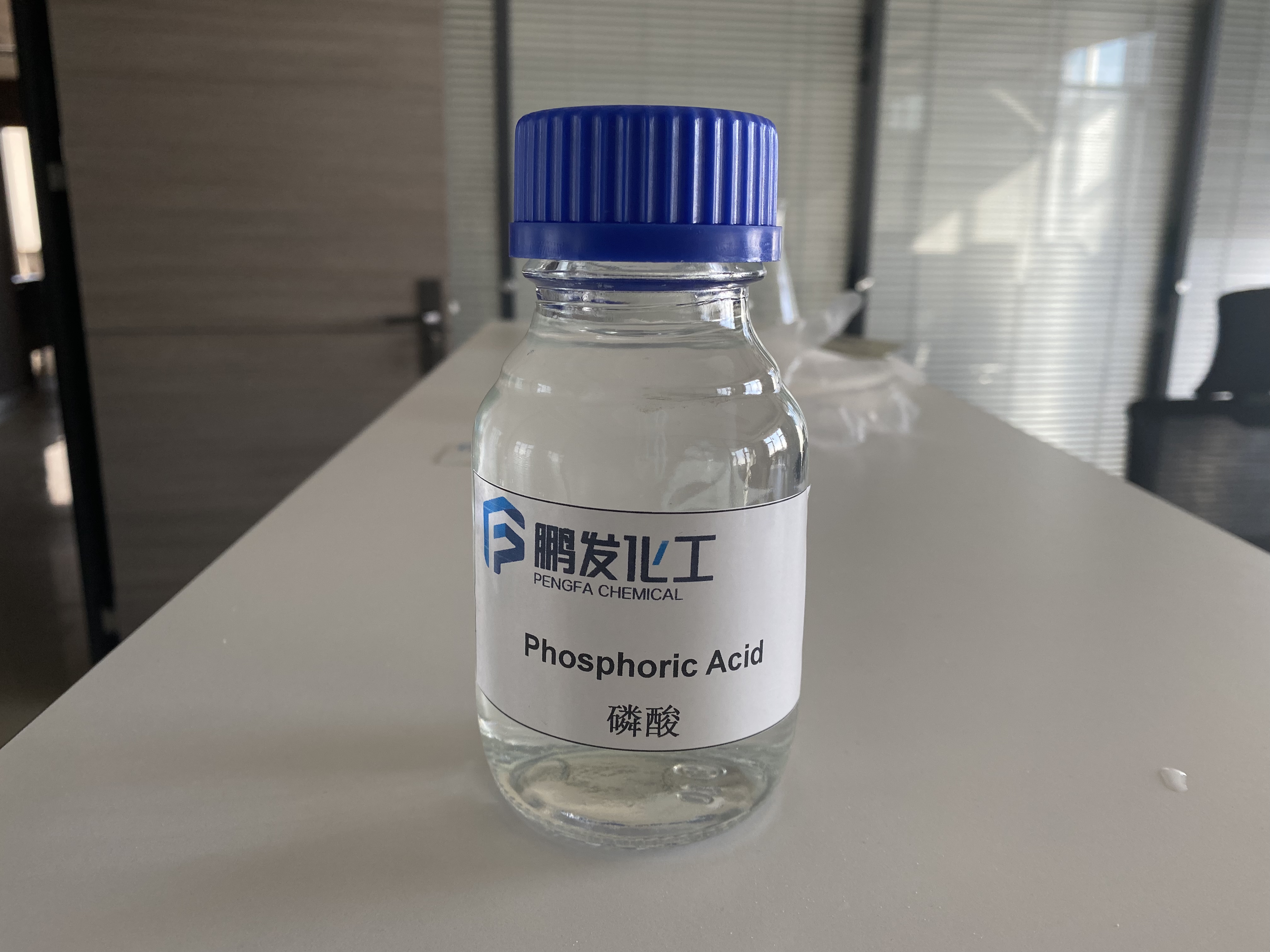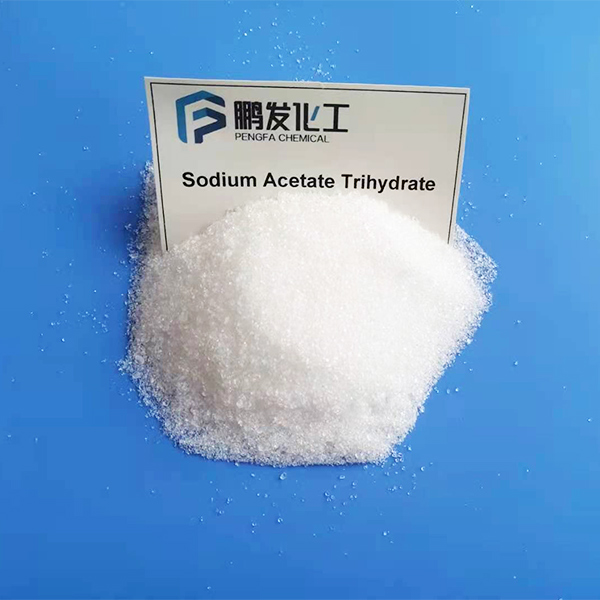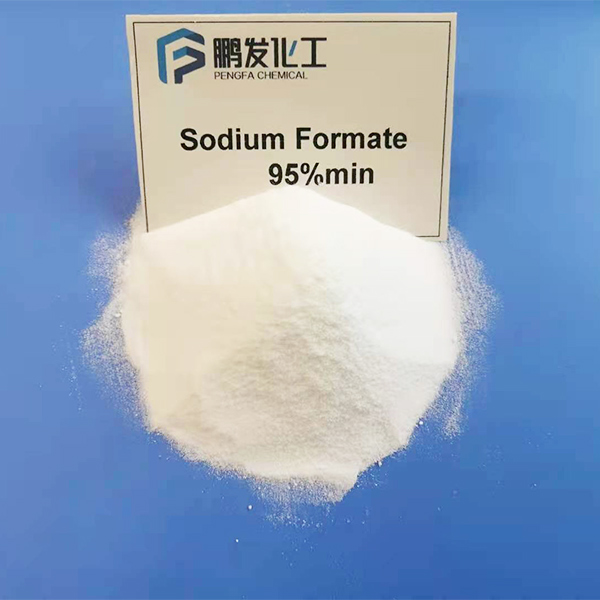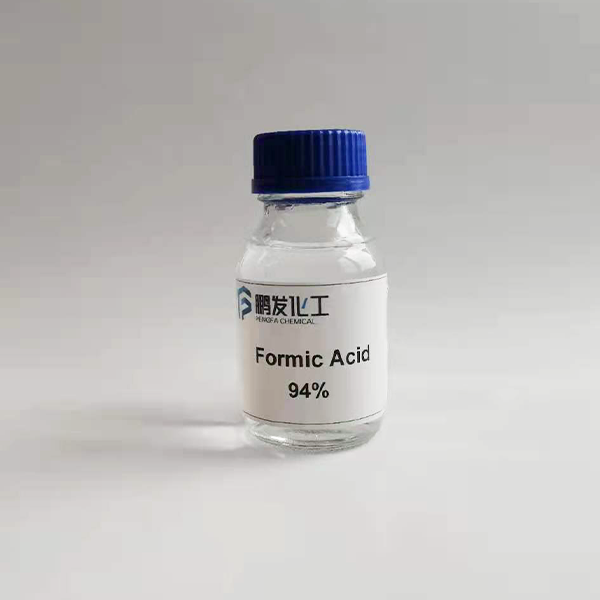What is the role of industrial ice acetic acid -Pengfa Chemical
What is the role of industrial ice acetic acid -Pengfa Chemical,
Chinese methamphetamine, ice acetic acid, ice acetic acid suppliers, lyceine manufacturers, methamphetamine, methamphetamine China, methamphetamine prices,
Quality specification(GB/T 1628-2008)
|
Analysis items |
Specification |
||
|
Super Grade |
First Grade |
Normal Grade |
|
| Appearance |
Clear and free of suspended matter |
||
| Colour(Pt-Co) |
≤10 |
≤20 |
≤30 |
| Assay % |
≥99.8 |
≥99.5 |
≥98.5 |
| Moisture % |
≤0.15 |
≤0.20 |
—- |
| Formic Acid % |
≤0.05 |
≤0.10 |
≤0.30 |
| acetaldehyde % |
≤0.03 |
≤0.05 |
≤0.10 |
| Evaporation Residue % |
≤0.01 |
≤0.02 |
≤0.03 |
| Iron(Fe) % |
≤0.00004 |
≤0.0002 |
≤0.0004 |
| Permanganate Time min |
≥30 |
≥5 |
—- |
Physicochemical properties:
1. Colorless liquid and irritating dour.
2. Melting point 16.6 ℃; boiling point 117.9℃; Flash point : 39 ℃.
3. Solubility water, ethanol, benzene and ethyl ether immiscible, insoluble in carbon disulphide.
Storage:
1. Stored in a cool, ventilated warehouse.
2. Keep away from the fire, heat. The cold season should maintain a temperature higher than 16 DEG C, to prevent solidification. During cold season, temperature should be maintained above 16 DEG C to prevent/avoid solidification.
3. Keep the container sealed. Should be separated from the oxidant and alkali. Mixing should be avoided by all means.
4. Use explosion-proof lighting, ventilation facilities.
5. Mechanical equipment and tools that prohibit the use of easy to produce sparks.
6. Storage areas should be equipped with emergency treatment equipment and suitable housing materials.
Use:
1.Derivative:Mainly used in synthetising acetic anhydride,acetic ether,PTA, VAC/PVA,CA,ethenone,chloroacetic acid,etc
2.Pharmaceutical:Acetic acid as solvent and pharmaceuticalraw materials, mainly used for production of penicilin G potas-sium, penicilin G sodium, penicillin procaine, acetanilide,sulfadiazine, and sulfamethoxazole isoxazole, norfloxacin,ciprofloxacin, acetyl salicylic acid, non phenacetin, prednisone,caffeine, etc.
3.Intermediate:acetate ,sodium hydrogen di,peracetic acid,etc
4.Dyestuff and textile printing and dyeing:Mainly used inproducing disperse dyes and vat dyes,and textile printing anddyeing processing
5. Synthesis ammonia: In the form of cuprammonia acetate,used in refining syngas to remove a litl CO and CO2
6. Photograph: Developer
7. Natural rubber: Coagulant
8. Construction industry: Preventing concrete from frezing9. In addtin also widely used in the water treatment, syntheticfiber, pesticides, plastics, leather, paint, metal processing andrubber industry
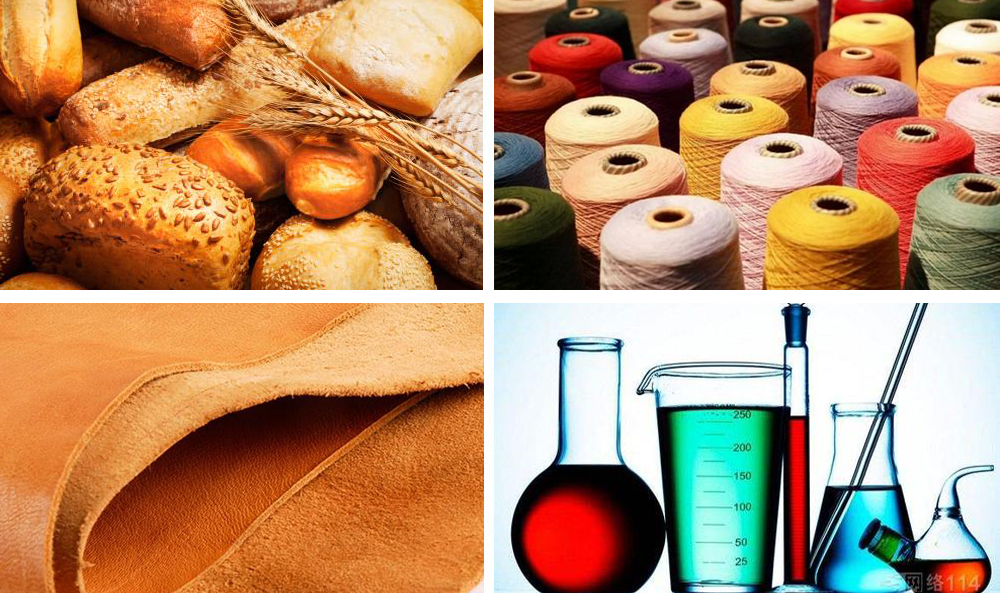
 Acetic acid is a simple carboxylic acid and an important chemical reagent. Elebrium is also used to make polyethoethyls in acetate and polyetate in the adhesives in the film film film, as well as many synthetic fibers and fabrics. It is mainly used to synthesize products such as ethyl acetate, acetate, acetate, and chlorine -album acid. It is an important raw material for synthetic fiber, adhesive, medicine, pesticides and dyes. It is also an excellent solvent. It is also very popular in the industry.
Acetic acid is a simple carboxylic acid and an important chemical reagent. Elebrium is also used to make polyethoethyls in acetate and polyetate in the adhesives in the film film film, as well as many synthetic fibers and fabrics. It is mainly used to synthesize products such as ethyl acetate, acetate, acetate, and chlorine -album acid. It is an important raw material for synthetic fiber, adhesive, medicine, pesticides and dyes. It is also an excellent solvent. It is also very popular in the industry.
Acetic acid can be used as acidic regulators, acidification agents, pickles, flavor increase agents, spices, etc. It is also a good anti -microbiological agent, which is mainly due to it that can reduce the pH of pH to ** microorganisms.
Acetic acid is an earlier application and used in my country, which is mainly used for composite seasoning, formula, canned, cheese, jelly, etc. When used for seasonings, you can dilute the water to 4%to 5%solution, and add it to various seasonings. Drinks made of vinegar as a sour taste agent, supplemented by pure*nutritional health products are called*type*three generations of beverages.
Expand information:
Preparation of acetic acid: It can be combined with manual synthesis and bacterial fermentation. The biological synthesis method, that is, the use of bacteria fermentation, only accounts for 10%of the entire world output, but it is still an important method for the production of acetic acid, especially vinegar, because food safety regulations in many areas stipulate that vinegar in food is through biology. The legal system, and the fermentation method is divided into aerobic fermentation method and anaerobic fermentation method.
In the case of plenty of oxygen, bacteria of vinegar can produce acetic acid from foods containing alcohol. Usually use apple wine or wine mixing grains, malt, rice or potatoes to ferment. The chemical equations that are fermented by these bacteria are:
C? HOH + O? → CH? COOH + H? O
Some members of anaerobic bacteria, including some members of the genus Ritula, can directly convert sugar into ethanol without requiring ethanol as intermediates.

